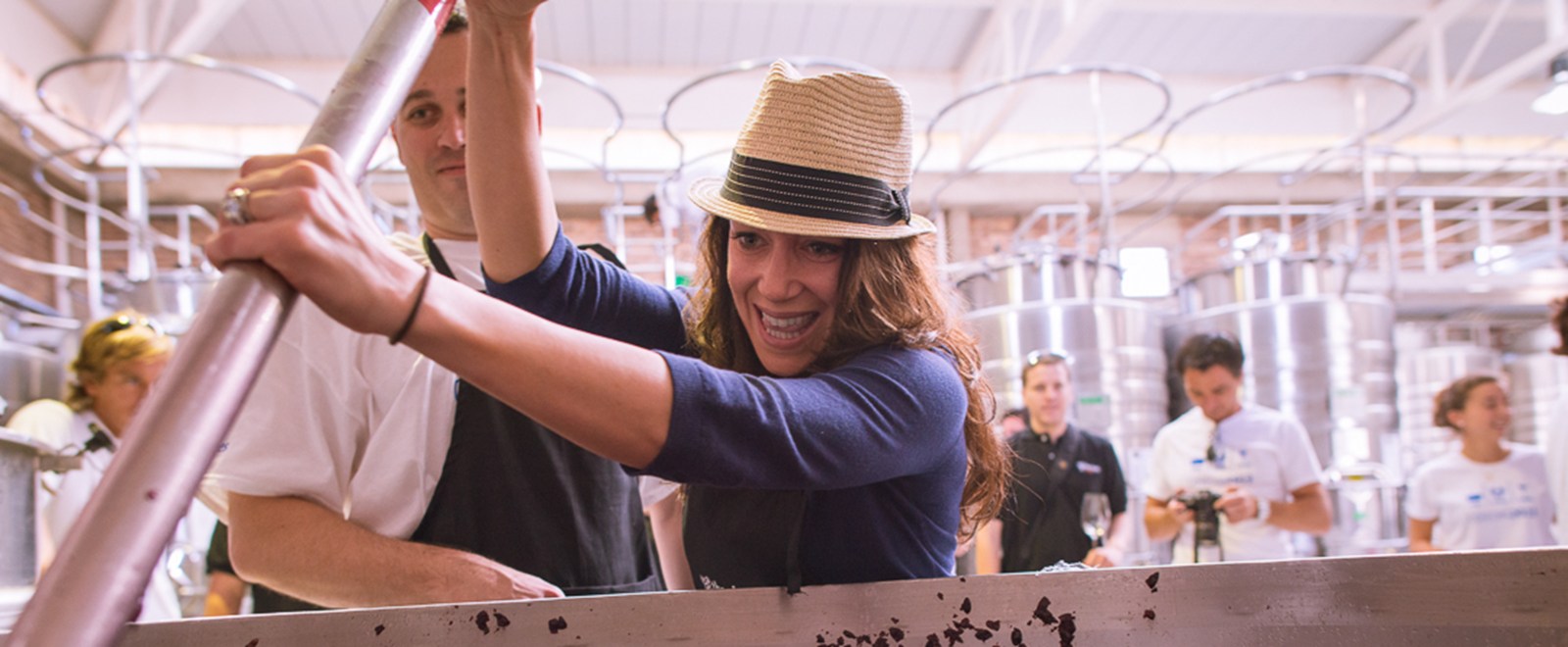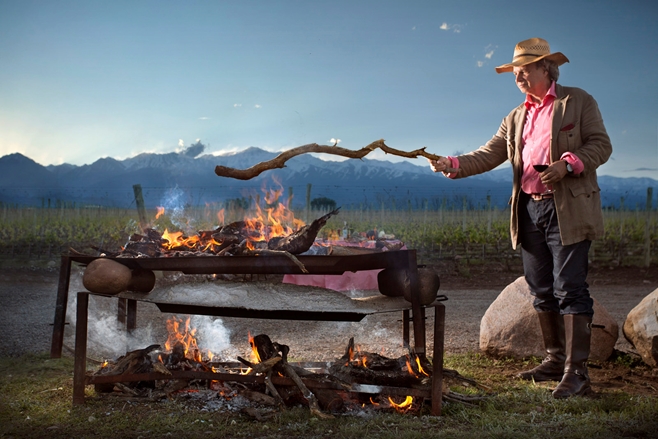This is how Francis Mallmann chose to open his book Seven Fires: Grilling the Argentinian Way, and it’s the philosophy behind Siete Fuegos, the on-site restaurant of the Vines of Mendoza Resort and Spa. To the celebrated Argentine bon vivant, cooking a memorable meal is more about patience and cultivating a sense of simplicity than it is about implementing frou-frou avantgarde techniques in a stressed-out kitchen. I recently spoke to the talented and creative Siete Fuegos head chef Matias Mansilla and he took the time to explain to me a bit more about each of the famed seven fires used to create a dining experience both rustic and refined.
The Parrilla
The most classic technique in Argentine open-fire cooking, this involves a metal grill or grate set up over hot coals, much like an American barbecue. It is ideal for cooking cuts of meat. Siete Fuegos is a huge proponent of not fussing over the meat once it makes contact with the grill, respecting the first contact to allow a beautiful charring to form.
The Chapa or plancha
One of the simplest and quickest techniques of cooking over fire, the chapa is basically a large piece of cast iron set over a flame like a big griddle or skillet. Cooking this way does not dry out the food, but instead leaves everything succulent. A plate such as Mansilla’s tower of prawns with smashed potatoes would be cooked on the chapa.
The Pirca or asador
The pirca is a picturesque open fire pit lined with large stones at the bottom, ideal for roasting a butterflied goat or lamb for hours on end. It’s set up in a way to be able to hang other food over the fire at different distances from the flame – whole pineapples or chickens can be expertly slow-cooked to perfection in metal “cages” above and around the central bonfire. The flame should never directly touch the food, as doing so leads to over-carbonization which gives a bitter burnt taste instead of the more subtle charred taste that Mallmann-inspired food is known for.
The Wood-Fired Clay Oven
The star of the show, the clay oven at Siete Fuegos is kept heated 24 hours a day, seven days a week, with the door closed at night so it’s just the right temperature to bake fresh bread first thing in the morning. Most plates at Siete Fuegos include at least one thing that has been slow-cooked in this beautiful wood oven.
Rescoldo
This is a method of cooking ingredients directly in hot embers or ashes. It works perfectly for sides such as potatoes, pumpkins, peppers, beets, onions, carrots, sweet potato and eggplant. Mallmann himself has said he loves the element of danger and excitement in creating a burnt taste. “Take the burning too far and it destroys the dish. Stay just this side of the line, and it is lovely.”
Curanto
An indigenous cooking technique, a traditional curanto requires patience. A hole is dug into the ground, filled with rocks that are heated with fire for six hours. Ash and embers are cleared out, the pit is then lines with specific types of leaves, the food to be cooked is wrapped in cotton, completely covered with sand and dirt and then left to smolder over the hot rocks for another six hours before it is dug out like a buried treasure.
Infiernillo
Translating poetically to “Little Hell”, this ultra-high temperature technique is created from two pieces of cast iron, with fire heating from both the bottom and top. Any food cooked within has to either have a protective skin (like chicken) or be covered completely in salt and water (such as an Siete Fuegos’ famous encrusted salmon).

